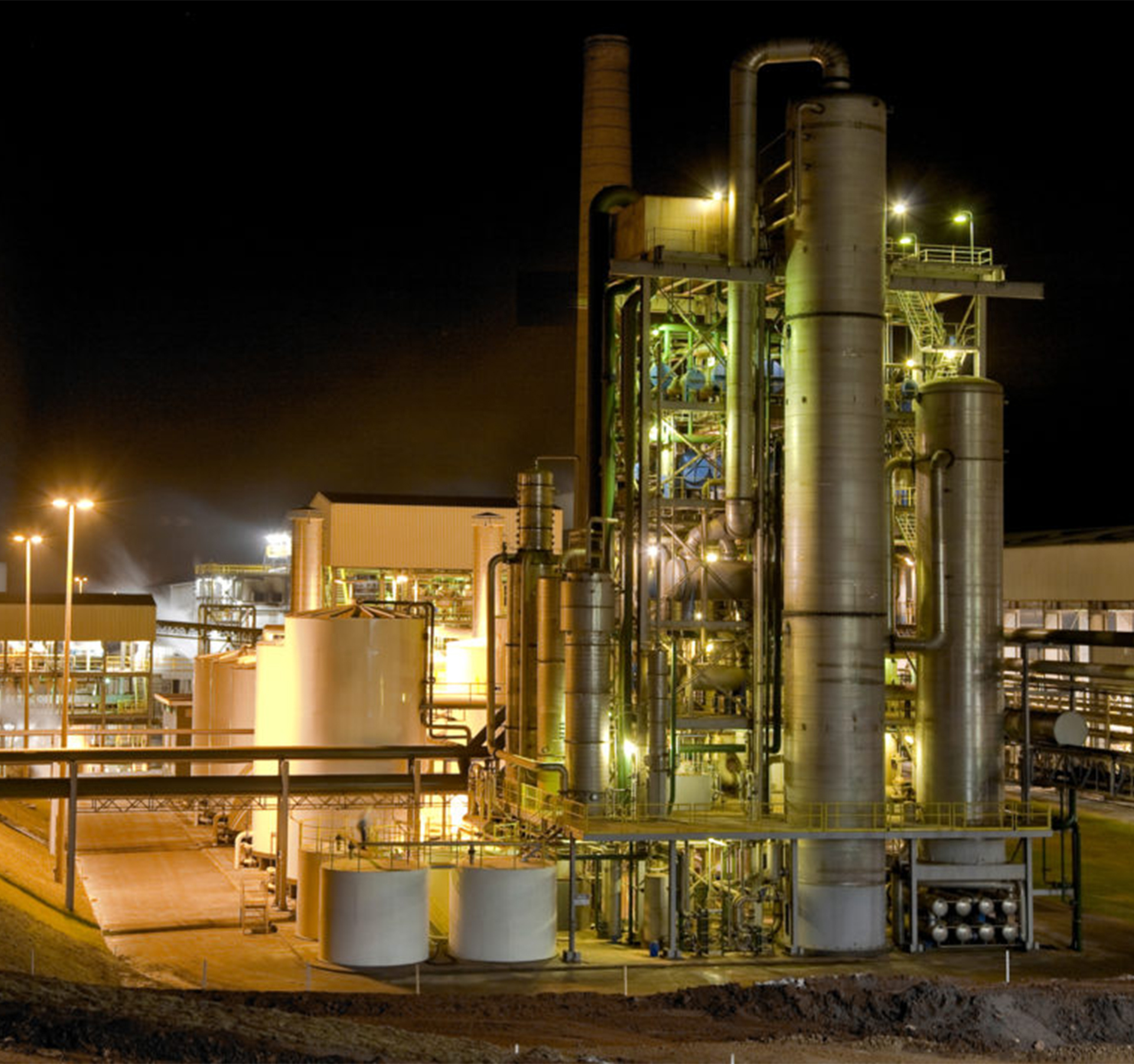Ethanol blends have been in use in Brazil since 1924, but it was only in the mid -1970s that they became mandated. The 1970s oil crisis emphasized the need to reduce the country’s high dependence on oil imports. At the time 81% of Brazil’s oil came from abroad. In response, the government developed a public policy to incentivize the use of domestic ethanol as a fuel for the lightweight vehicle fleet. Solo ethanol fuelled vehicles were developed and commercialized by the local automotive industry in a join work between OEM and auto parts suppliers, becoming the majority of sales during a long period.
A turning point came in 2003 with the launch of flex-fuel vehicles when technology allowed us to measure the benefits of ethanol on the environment.
Society’s concerns with sustainability and health have fostered a renewed interest in biofuels. The results were staggering: the emission of 630 million tons of CO2eq into the atmosphere was avoided and it shifted a megalopolis, São Paulo, from the top to the end of the rank of the most polluted cities in the world. The upshot is that every car in Brazil runs on pure ethanol or a 27% ethanol blend. Thanks to the abundant supply and the flex- -fuel vehicles (FFVs), nearly 50% of our light fleet fuel demand is supplied by ethanol.


